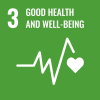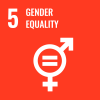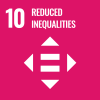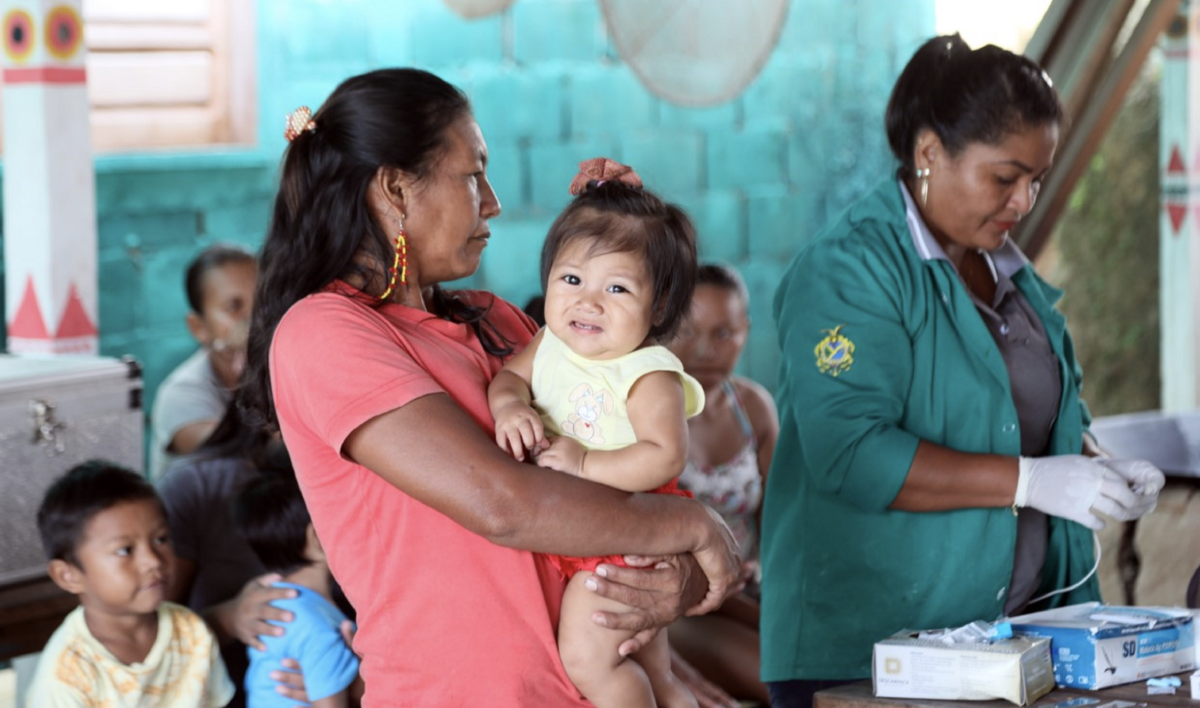
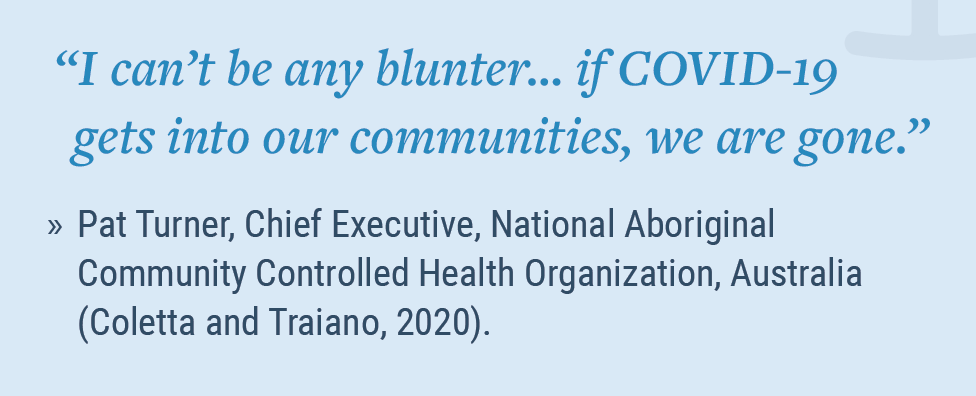 Indigenous peoples in many regions have a long history of devastation from epidemics brought by colonizers, from the arrival of the first Europeans in the Americas who brought smallpox and influenza to a measles outbreak among the Yanonami of Brazil and Southern Venezuela in the 1950s/60s that nearly decimated the tribe (Pringle, 2015). COVID-19 presents a new threat to the health and survival of indigenous peoples. Indigenous peoples in nearly all countries fall into the most “vulnerable” health category. They have significantly higher rates of communicable and non-communicable diseases than their non-indigenous counterparts, high mortality rates and lower life expectancies. Contributing factors that increase the potential for high mortality rates caused by COVID-19 in indigenous communities include mal – and under-nutrition, poor access to sanitation, lack of clean water, and inadequate medical services. Additionally, indigenous peoples often experience widespread stigma and discrimination in healthcare settings such as stereotyping and a lack of quality in the care provided, thus compromising standards of care and discouraging them from accessing health care, if and when available. Although data indicate a rising number of COVID-19 infections and high mortality rates among vulnerable groups such as older persons and those with underlying health conditions, in many cases, data on rates of infections among indigenous peoples are often not available (even when testing and reporting for the general population is underway), with infections not being recorded by ethnicity. However, news reports have already cited a number of confirmed cases among indigenous peoples with outbreaks reported among the Navajo Nation of North America, whose infection rate is ten times higher than the general population of Arizona, in Panama and Peru. In the case of the Navajo Nation, inadequate housing and lack of running water are reportedly contributing factors. Indigenous peoples largely fall outside any formal social protection systems and few have access to medical and financial support in times of crisis. As lockdowns continue to expand with no timeline in sight, indigenous peoples who already face food insecurity as a result of the ongoing dispossession and loss of their traditional lands and territories also now face loss of their livelihoods, which form the main base for their subsistence. For example, it is reported that the Maasai of Kenya have closed livestock markets and, as a result, the pastoral production system has stopped (Wight, 2020). Many indigenous peoples are now also working in the informal economy and have come to rely primarily on income from markets, handicrafts, seasonal work and tourism, which have also been impacted by COVID-19. For instance, Batwa community members in Rwanda, are facing the prospect of living without an income since their traditional means of work (which require travel) is no longer viable. As a result of the national lockdown in India, the substantial migrant worker population, a large number of whom are indigenous, has seen mass closure of workplaces with incomes and related accommodations abruptly cut off. Many have been unable to return to their communities due to a lack of transportation and those who do return may possibly bring COVID-19 with them (Chakma and Chakma, 2020). Reports are already starting to come from parts of Asia (Bangladesh and the Philippines) concerning the increasing lack of essentials including food from locked down indigenous communities who are not receiving relief supplies (Asia Indigenous Peoples Pact, 2020).
Indigenous peoples in many regions have a long history of devastation from epidemics brought by colonizers, from the arrival of the first Europeans in the Americas who brought smallpox and influenza to a measles outbreak among the Yanonami of Brazil and Southern Venezuela in the 1950s/60s that nearly decimated the tribe (Pringle, 2015). COVID-19 presents a new threat to the health and survival of indigenous peoples. Indigenous peoples in nearly all countries fall into the most “vulnerable” health category. They have significantly higher rates of communicable and non-communicable diseases than their non-indigenous counterparts, high mortality rates and lower life expectancies. Contributing factors that increase the potential for high mortality rates caused by COVID-19 in indigenous communities include mal – and under-nutrition, poor access to sanitation, lack of clean water, and inadequate medical services. Additionally, indigenous peoples often experience widespread stigma and discrimination in healthcare settings such as stereotyping and a lack of quality in the care provided, thus compromising standards of care and discouraging them from accessing health care, if and when available. Although data indicate a rising number of COVID-19 infections and high mortality rates among vulnerable groups such as older persons and those with underlying health conditions, in many cases, data on rates of infections among indigenous peoples are often not available (even when testing and reporting for the general population is underway), with infections not being recorded by ethnicity. However, news reports have already cited a number of confirmed cases among indigenous peoples with outbreaks reported among the Navajo Nation of North America, whose infection rate is ten times higher than the general population of Arizona, in Panama and Peru. In the case of the Navajo Nation, inadequate housing and lack of running water are reportedly contributing factors. Indigenous peoples largely fall outside any formal social protection systems and few have access to medical and financial support in times of crisis. As lockdowns continue to expand with no timeline in sight, indigenous peoples who already face food insecurity as a result of the ongoing dispossession and loss of their traditional lands and territories also now face loss of their livelihoods, which form the main base for their subsistence. For example, it is reported that the Maasai of Kenya have closed livestock markets and, as a result, the pastoral production system has stopped (Wight, 2020). Many indigenous peoples are now also working in the informal economy and have come to rely primarily on income from markets, handicrafts, seasonal work and tourism, which have also been impacted by COVID-19. For instance, Batwa community members in Rwanda, are facing the prospect of living without an income since their traditional means of work (which require travel) is no longer viable. As a result of the national lockdown in India, the substantial migrant worker population, a large number of whom are indigenous, has seen mass closure of workplaces with incomes and related accommodations abruptly cut off. Many have been unable to return to their communities due to a lack of transportation and those who do return may possibly bring COVID-19 with them (Chakma and Chakma, 2020). Reports are already starting to come from parts of Asia (Bangladesh and the Philippines) concerning the increasing lack of essentials including food from locked down indigenous communities who are not receiving relief supplies (Asia Indigenous Peoples Pact, 2020).
Indigenous peoples in voluntary isolation
The COVID-19 virus poses a particular threat to indigenous peoples living remotely or in voluntary isolation, who lack immunity to many infectious diseases. In the Amazon region alone, it is estimated that there could be up to 78 indigenous tribes living in isolation. Most recently, the death of a 15-year old boy due to COVID-19 was reported among the Yanonami. It is feared that further encroachment on indigenous lands, for instance, by illegal loggers and miners will result in significant deaths due to the easily compromised immune systems of indigenous peoples.
Indigenous elders
At great risk in this pandemic are indigenous elders. This is due to the devastating impact of the virus on older persons generally and, in the case of some indigenous communities, to crowded and multi-generational housing that is commonly experienced, which facilitates the spread of COVID-19. The impact of COVID-19 on indigenous elders has cultural implications for their communities, as elders play a key role in keeping and transmitting indigenous traditional knowledge and culture and practices. These include conservation of biodiversity, upholding traditions and customs, leading community gatherings and ceremonies, and as custodians of customary law and governance. Indigenous elders are often the last remaining bastions of traditional knowledge and have a key role in teaching and transmitting their indigenous languages to future generations.
Indigenous women
Disease outbreaks affect women and men differently, and pandemics tend to deepen existing inequalities and discrimination. Indigenous women are over-represented in vulnerable and underpaid sectors, as daily wage earners, farmers, small business owners, domestic workers, cashiers, catering or hospitality service providers, largely within the informal economy. Indigenous women are also likely to be the caretakers of children, elderly parents and extended family members (Ibid.). In many regions, indigenous women face disproportionately high rates of domestic and sexual violence (UN Women, 2013). In an emergency context, the risks of violence against women and girls, especially domestic violence, rises due to increased tensions in the home (UN Women, 2020). Furthermore, due to quarantine, social distancing or self-isolation in response to COVID-19, women, including indigenous women are at an increased risk of danger as possibilities to escape domestic violence diminish (National Indigenous Women’s Resource Centre, 2020).
Initial responses by Member States and Indigenous Peoples
Initial responses from both Member States and indigenous peoples and their organizations have mainly focused on prevention, with a number of Member States allocating targeted funding. COVID-19 related guidelines were issued in indigenous languages by the Governments of Colombia, Guatemala, Mexico and Peru. In Australia, the Government established a National Indigenous Taskforce to develop an emergency response plan for Aboriginal communities to combat the potential spread of COVID-19. The Governments of Canada and the US earmarked specific medical support and economic stimulus funding for indigenous communities. Indigenous organizations around the world have also been quick to respond, including by providing key messages through written, social media and radio broadcasts in indigenous languages. The Mayan Language Academy (AMG) has translated different prevention messages to deal with COVID-19 in several indigenous languages, with more to be issued. Indigenous peoples have also turned to traditional practices to help them during the pandemic. For instance, the Karen people of Thailand revived their ancient ritual of “Kroh Yee” (village closure) to fight the spread COVID-19. This has also been applied in Malaysia, Bangladesh and many countries in Latin America, with communities closing off entry to their areas. The International Working Group on Indigenous Peoples Living in Voluntary Isolation and Initial Contact in the Amazon and Chaco (PIACI WG) offered recommendations on protective measures including voluntary isolation and closing entry to outsiders such as miners, drug traffickers, loggers, land grabbers, missionaries and tourists. However, indigenous peoples in some countries have been challenged in closing their borders, as reported by the Coordination of the Indigenous Organizations of the Brazilian Amazon (COIAB), representing the indigenous peoples of the Amazon rainforest.
Conclusions and Recommendations
The United Nations Declaration on the Rights of Indigenous Peoples sets out a framework for policy action on COVID-19 based on the rights of indigenous peoples to the highest attainable standard of physical and mental health, and their right to access, without any discrimination, to all social and health services. This falls within the larger framework of the Decade for Action and Delivery for sustainable development and the Secretary-General’s recently issued “UN Framework for the Immediate Socio-Economic Response to COVID-19,” which emphasizes that the 2030 Agenda and the SDGS should be the building blocks for recovery. The impact of historical under-funding and lack of adequate social services in indigenous communities becomes more evident in the face of a pandemic such as this. It is critical that indigenous peoples, often among the most vulnerable members of society, are not left behind. This requires information and messaging in indigenous languages, medical supplies and services, emergency sanitation supplies and, where necessary, emergency food and cash aid. COVID-19 measures affecting indigenous peoples should be determined and implemented on the basis of full consultation and agreement with indigenous leaders to ensure support is provided with the full involvement of the indigenous peoples themselves, and in a culturally appropriate manner. In both the short – and the medium – to long-term, governments must ensure that indigenous peoples are specifically included in economic and social recovery stimulus plans and policies
Policy recommendations and guidelines include the following:
Governments and Representative Institutions
- Recognize indigenous peoples’ representative institutions, authorities and governments as the legitimate representatives of indigenous peoples
- Include indigenous peoples’ representatives, leaders and traditional authorities in the planning and design of health services and responses to the COVID-19 pandemic as well as in dealing with its repercussions
- Provide effective support to indigenous communities that have imposed lockdowns or other restrictions to stop the spread of the COVID-19
- Prepare public service announcements messages, such as on hygiene, physical distance, quarantine and prevention, in cooperation with indigenous peoples, in indigenous languages
- Improve the access and management of clean water and sanitation, particularly for indigenous peoples living in remote communities, to avoid further spread of the virus, taking into account relevant indigenous practices such as watershed management
- Ensure availability of disaggregated data of indigenous peoples, including on rates of infection, mortality, economic impacts, care burden, and incidence of violence, including gender-based violence
United Nations Entities, Private Sector and NGOs
- Obtain the free, prior and informed consent of indigenous peoples before initiating any programmes or activities with indigenous peoples, or in indigenous peoples’ communities
- Ensure that staff in contact with indigenous peoples are competent and informed on reducing transmission of the virus, practicing of physical distancing and monitoring risk reduction strategies
- Establish post COVID-19 reconstruction activities and programmes that are specifically aimed at indigenous peoples that support indigenous peoples’ traditional livelihoods, their economies and sustain their communities
- Involve indigenous youth in the dissemination of COVID-19 messages within the communities both in mainstream languages as well as in indigenous languages, since their command of social media makes them a fundamental player in this situation.
 Welcome to the United Nations
Welcome to the United Nations
